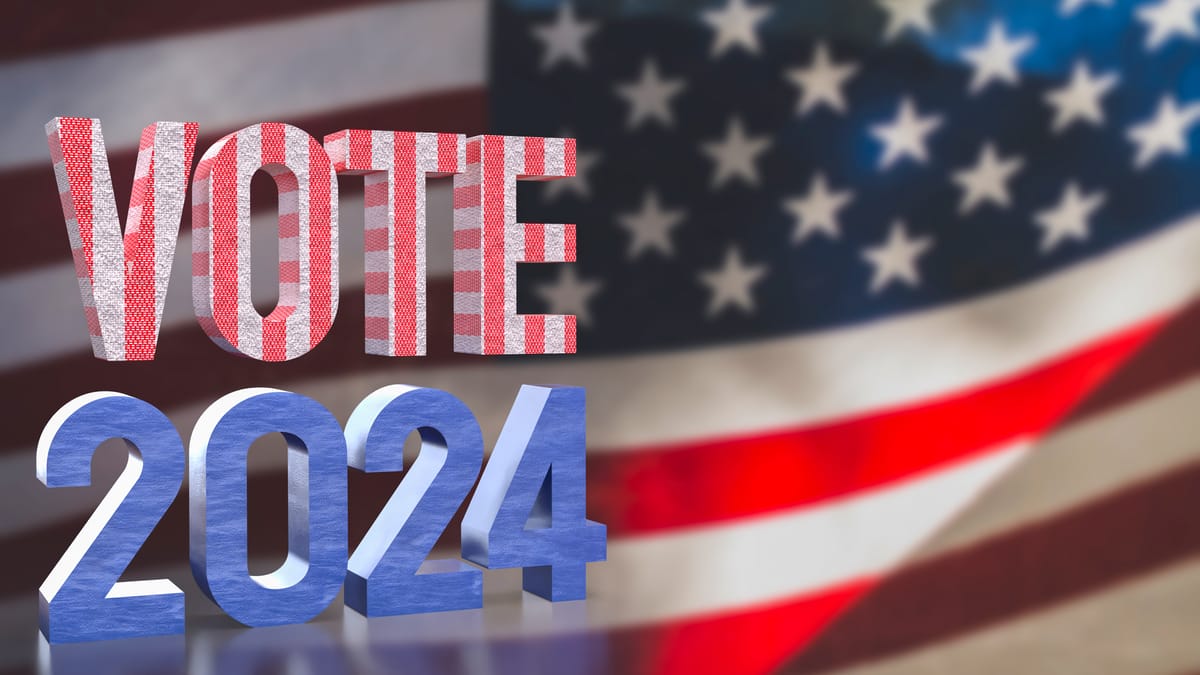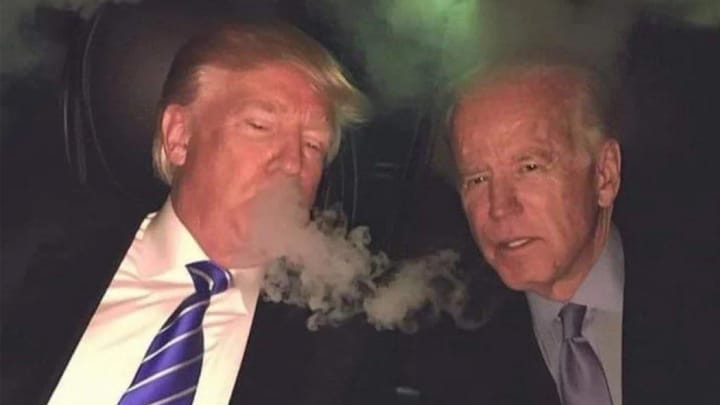The Power of the Youth Vote in 2024
The 2024 presidential election is quickly approaching. With Election Day just two months away one key demographic continues to keep up with the entire movement: the youth vote.

The 2024 presidential election is quickly approaching, just two months away, political analysts and campaign strategists continue to focus on a single key demographic: the youth vote. Voters aged 18 to 30 have become an increasingly influential group, capable of swinging elections and shaping the future of the country. Youth voters use a variety of platforms to get their message out and engage in political activism. In order to provide valuable insights into the current political landscape, we have to understand the history of the youth vote, the role it plays in a general election, and how it could affect the 2024 election.
Rock the Vote remembers that in 1971, the 26th Amendment moved the voting age from 21 to 18. This allowed millions of young Americans the right to mark their influence on American history. The growing political awareness and activism of younger generations marked this as a significant moment in U.S. history. Though, early voter turnout among young people was inconsistent, mainly due to a lack of prioritization from political parties and candidates and voter registration barriers in the wake of the new national movement.
Since then, the youth vote has fluctuated. Spikes in turnout during elections that featured candidates who resonated with younger voters. Back in 2008, Barack Obama’s message of hope and change herded young voters, leading to one of the highest youth turnouts in recent history. Pew Research Center reports 66% of voters under age 30 voted for the 44th President of the United States. Though in 2016, the Center for Information & Research on Civic Learning and Engagement estimates that Hillary Clinton was favored by young voters receiving 55% of the youth vote. However, 39% of eligible young voters turned out to vote that year, and Donald Trump was victorious.
With a change in strategy in 2020, the youth vote played a critical role in securing Joe Biden’s victory, with young voters motivated by many issues including climate change, racial justice, and economic inequality. Pew Research Center again revealed that 59% of voters under age 30 favored Joe Biden with Donald Trump only gathering 35% of the youth vote, a sizable difference of 24%.
While keeping history in mind, there are several reasons why the youth vote holds such relevance. Firstly, younger voters tend to have different priorities and perspectives than older generations, particularly on issues like climate change, social justice, education and technology. These concerns make them a unique and powerful force in shaping the policy direction, not just on a local and state level, but for the entire country.
Also, prospective swing states like Wisconsin, Michigan, and Pennsylvania, to name a few, could be determined by a youth voter movement. Young voters can tip the balance in any tight election race, making them a crucial demographic in any race. Their importance is further exposed by the fact that they are often more diverse in their views than older generations, bringing a wide range of perspectives to the voting booth.
Finally, of course, younger voters are often portrayed to represent the future of the nation. Engaging their right to influence can lead to lifelong voting habits and wholesale advocacy. In both parties' conventions, digital content creators were given media access. Specifically, NPR indicated that more than 200 creators were invited to the Democratic National Convention and more than 70 personalities were invited to the Republican National Convention.
Now, with both parties’ conventions over, both candidates accepting their parties’ nomination, and now having given the American people a reintroduction to their movement, Former President Donald Trump and current Vice President Kamala Harris are back on the campaign trail.
While it is difficult to predict the outcome of an election, young voters have often favored Democratic candidates driven by progressive stances on issues that have already been stated, i.e. climate change, education, and social justice. Many of these issues will be debated when Harris and Trump come together for ABC’s September 10th debate.
The youth vote is expected to play a pivotal role once again. With the political landscape more polarized than ever, young voters are likely to be drawn to the candidate who addresses their concern with the strongest intent. In 2024, Kamala Harris and her campaign have actively engaged with young voters on social media, and have addressed issues that resonate with the appearing majority of them.
Her campaign continues to focus on existing policies that focus on student debt relief, climate action, and social justice - talking points that she has connected herself with as Vice President of the current Joe Biden administration.
On the other hand, Donald Trump has maintained strong support among his current base that includes older voters and some segments of the youth demographic, particularly those concerned with economic issues, border security, and other conservative values. However, his messaging may not be as effective in attracting younger voters who prioritize social and environmental issues.
Now just 61 days until the 2024 presidential election, the youth vote is appearing to be a key demographic once again. While Kamala Harris appears to have an edge among younger voters due to her focus on progressive issues and campaign outreach, the race is far from decided. Both campaigns recognize the importance of the youth vote, and their efforts to engage them could ultimately determine the outcome of crucial swing states, if not, the entire election.





Comments ()